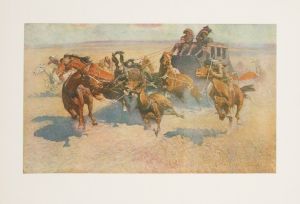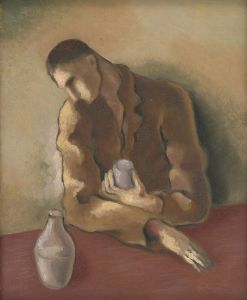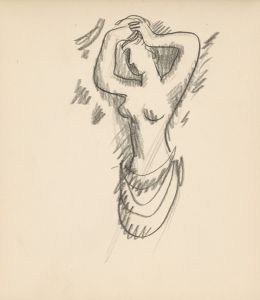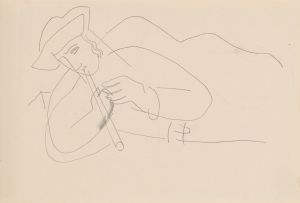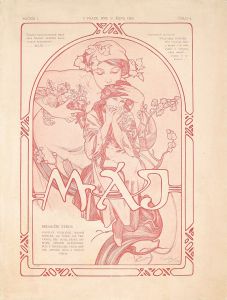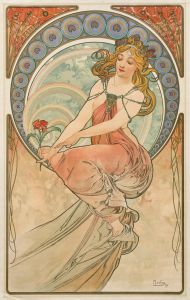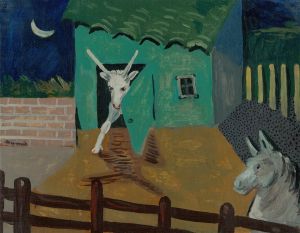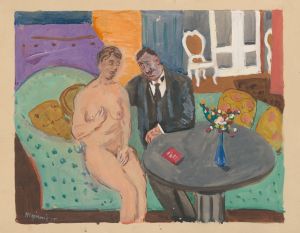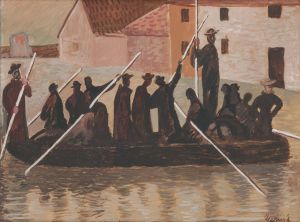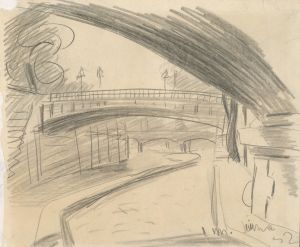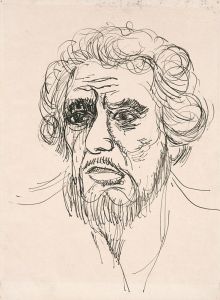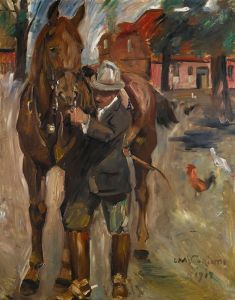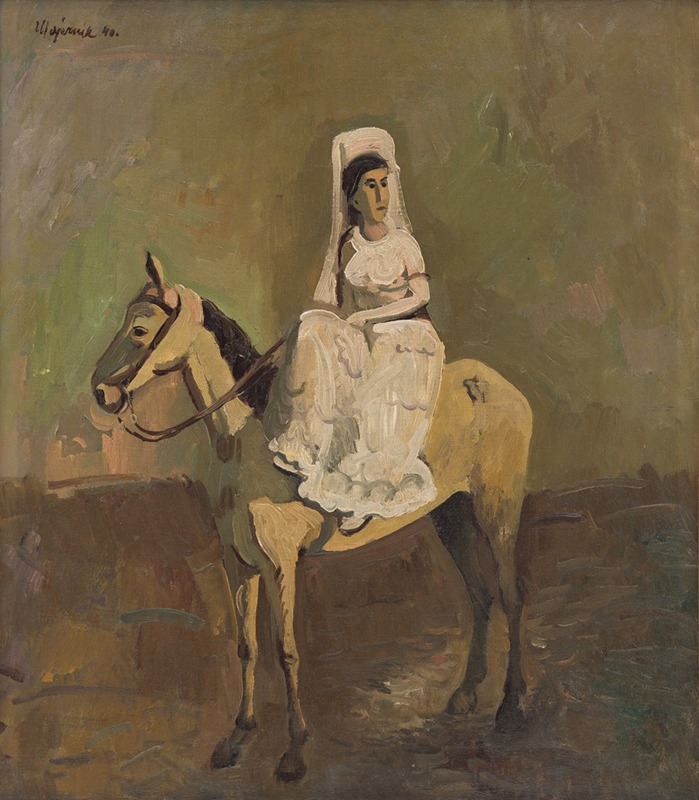
Equestrienne
A hand-painted replica of Cyprián Majerník’s masterpiece Equestrienne, meticulously crafted by professional artists to capture the true essence of the original. Each piece is created with museum-quality canvas and rare mineral pigments, carefully painted by experienced artists with delicate brushstrokes and rich, layered colors to perfectly recreate the texture of the original artwork. Unlike machine-printed reproductions, this hand-painted version brings the painting to life, infused with the artist’s emotions and skill in every stroke. Whether for personal collection or home decoration, it instantly elevates the artistic atmosphere of any space.
Cyprián Majerník was a Slovak painter known for his poignant and expressive works, often reflecting the socio-political turmoil of his time. One of his notable paintings is "Equestrienne," which captures the essence of his unique style and thematic focus. Majerník was born on November 24, 1909, in Veľké Kostoľany, then part of the Austro-Hungarian Empire, and he became an influential figure in Central European art during the early to mid-20th century.
"Equestrienne" is a painting that exemplifies Majerník's interest in themes of isolation, struggle, and the human condition. Although specific details about the painting's creation date and its current location are not widely documented, it is known that Majerník often drew inspiration from the tumultuous events of his era, including the rise of fascism and the impact of World War II. His works frequently convey a sense of melancholy and introspection, characteristics that are likely present in "Equestrienne."
Majerník's style is often associated with Expressionism, a movement that emphasizes the depiction of emotional experiences rather than physical reality. His paintings typically feature bold colors, dynamic compositions, and a certain rawness that conveys deep emotional resonance. In "Equestrienne," these elements might be used to explore themes of freedom and constraint, as suggested by the image of a female rider, which can symbolize both grace and control.
The equestrienne, or female horse rider, is a subject that allows for various interpretations. In art, equestrian figures have historically been used to represent power, nobility, and freedom. However, Majerník's interpretation might also reflect vulnerability and the precarious balance between mastery and the uncontrollable forces of life. This duality is a recurring theme in Majerník's body of work, where he often juxtaposes strength and fragility.
Majerník's personal life and experiences significantly influenced his artistic output. He suffered from a chronic illness, which, coupled with the political instability of his time, infused his work with a sense of urgency and existential reflection. Despite these challenges, Majerník remained committed to his artistic vision, producing works that continue to resonate with audiences for their emotional depth and historical context.
"Equestrienne" is a testament to Majerník's ability to convey complex emotions and ideas through his art. While specific details about the painting's provenance and exhibition history might be limited, its significance lies in its representation of Majerník's broader artistic themes and his contribution to Slovak and Central European art.
Majerník passed away on July 4, 1945, in Prague, Czechoslovakia, leaving behind a legacy of work that continues to be studied and appreciated for its emotional intensity and historical relevance. His paintings, including "Equestrienne," offer insight into the human experience during one of the most turbulent periods of the 20th century, reflecting both personal and collective struggles.





